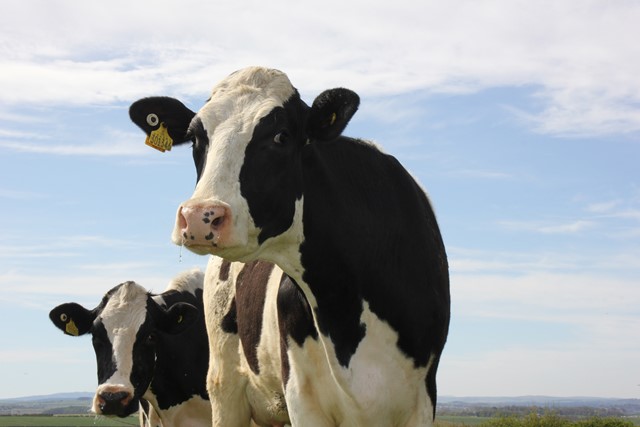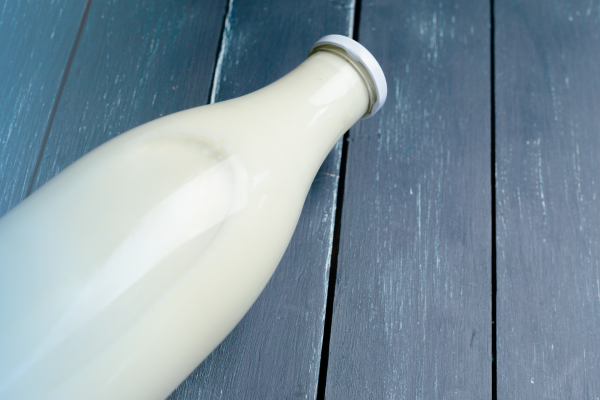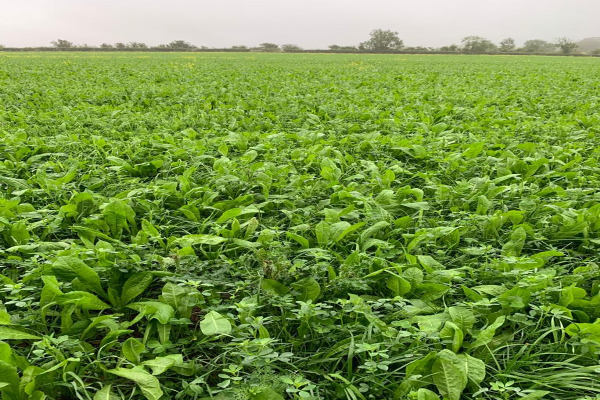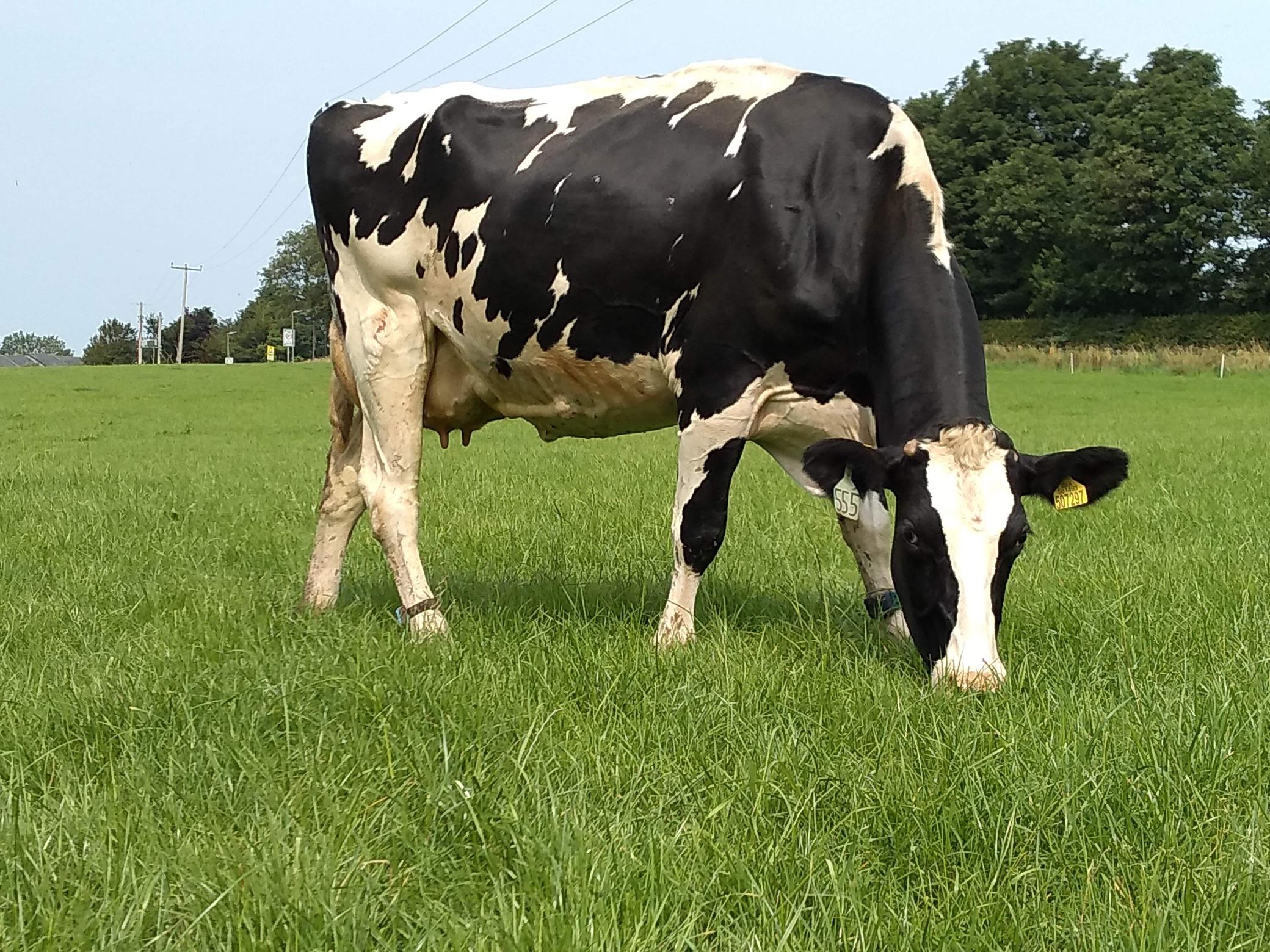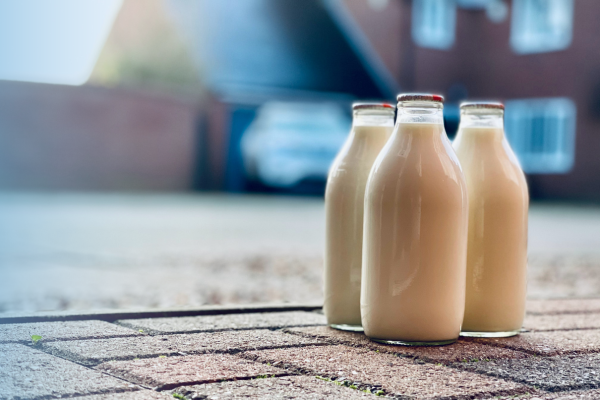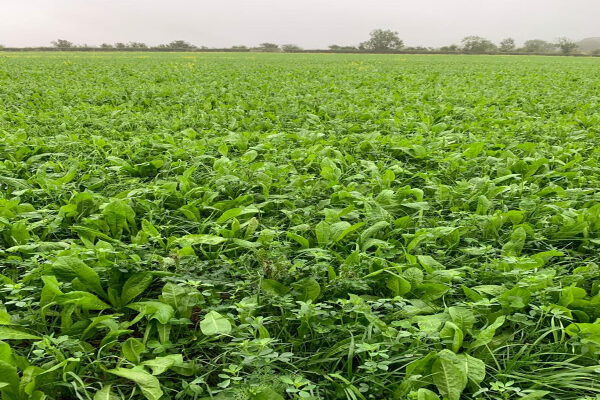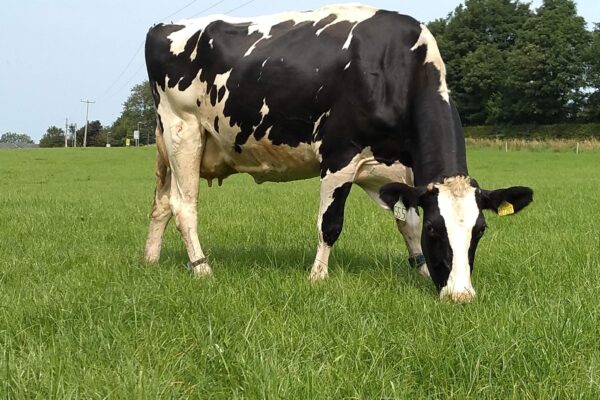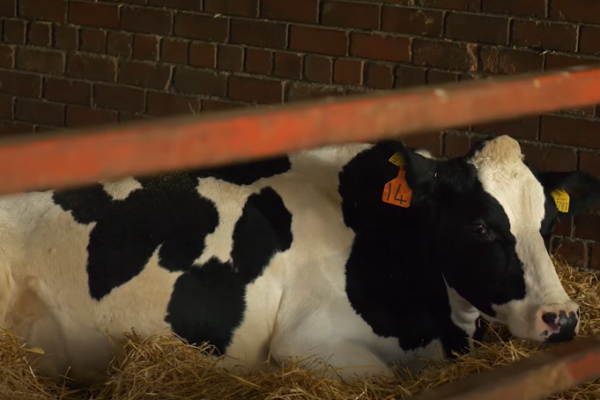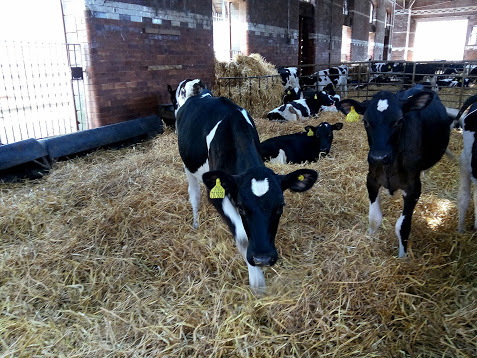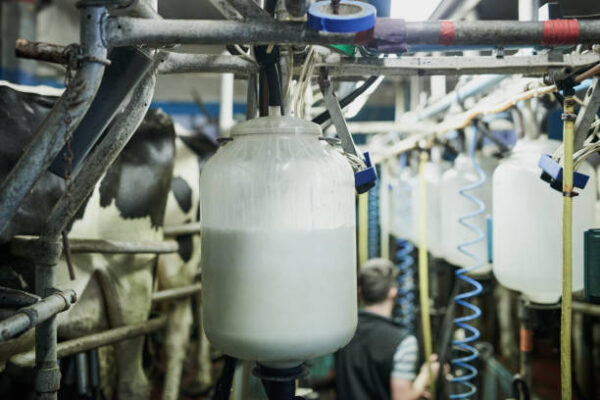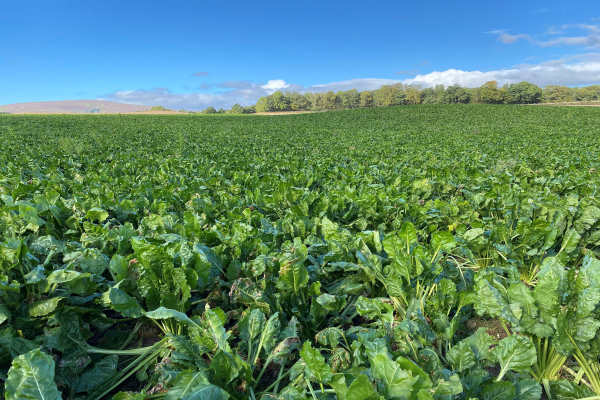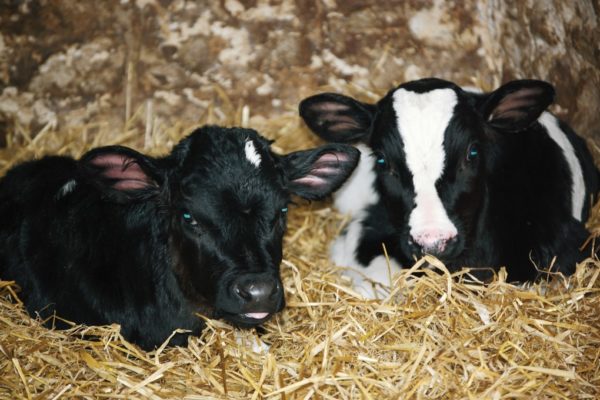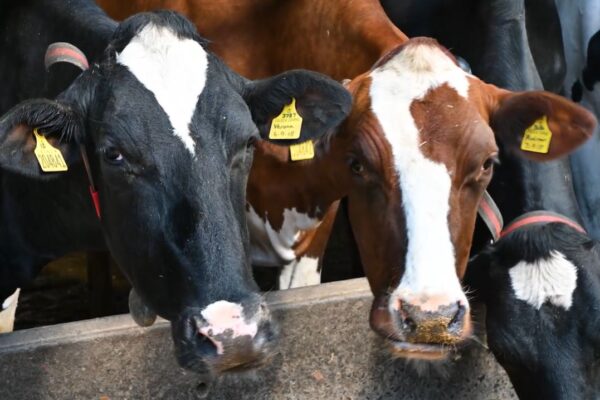Green Bedding for the Dairy Herd
7 January 2025With the rising costs of sawdust and straw, it is worth considering alternative sources of bedding, one of which is recycled manure solids (RMS), also known as green bedding. Green bedding is made of slurry solids which have been dried down to a dry matter of over 34%.
Depending on the system, most run with the slurry put into a reception pit and mixed with some clean water. This mixture is then pumped into the separator and forced through a screen which will collect the solids, leaving the liquid portion behind. The solids are dried down further and are best used that same day so that there is less chance of the material heating up as a result of microbial activity. The fibrous solids can be spread onto the cubicle surface on top of mats or mattresses in a thin layer instead of sawdust. It can also be used in deep bedded cubicles, and lime can be added on top to dry the bedding out further.
This type of bedding should only be used with cattle which are over 12 months old. Having younger cattle on this bedding may pose a risk of disease being transferred from adult cattle. It is not recommended to use this product in calving pens due to the newborn calves’ susceptibility to pathogens that can cause disease.
Green bedding can also help combat any slurry storage capacity problems as the separation of solids means that up to 30% less storage space is required. In addition, some farmers report seeing a drop in somatic cell counts and mastitis if managed correctly.
| Item | |
|---|---|
| Replacement separator | £25,000 - £30,000 |
| Gantry frame to hold equipment | £5,000 - £8,000 |
| Reception pit | £10,000 - £15,000 |
| Total costs | £40,000 - £53,000 |
Figures from (farming, 2021)
Before the investment there are several things to consider:
- Costs versus return - will this investment pay itself off? What are the maintenance costs? Are there any local servicing companies willing to do maintenance on the machines and be able to fix any problems?
- As always cow health and welfare are the top priority, and particular attention should be paid to intramammary health as well as bulk tank milk quality. The use of green bedding should be discontinued if any health problems arise and if they do, ensure the farm has a plan B (i.e. another source of bedding) to switch to immediately.
- Any farm labour should be made aware of the risks of handling green bedding and the importance of hygiene during and after handling.
- The bedding should be prepped and stored under cover to avoid an increase in water content. This means extra infrastructure may be needed and maintained.
- Cubicle and bedding management is slightly different with green bedding to allow further drying to occur. This is achieved when the bedding is spread in limited quantities on the surface of the cubicles, and no more than 15cm deep with deep bedded cubicles, to minimise further heating. The removal of fresh soiled material from the bedding should be done daily.
- Ventilation and moisture management should be monitored appropriately and overstocking of sheds avoided.
- Waste water solutions from footbaths should not be put in the slurry tank that is used to make the green bedding.
Overall, this bedding has many benefits when managed correctly, such as reducing the slurry burden on the farm and lowering purchased bedding costs. However, it requires a change in management practices of the herd and their environment to ensure it is a success.
helen.cowie@sac.co.uk; 01631 707076
Sign up to the FAS newsletter
Receive updates on news, events and publications from Scotland’s Farm Advisory Service

